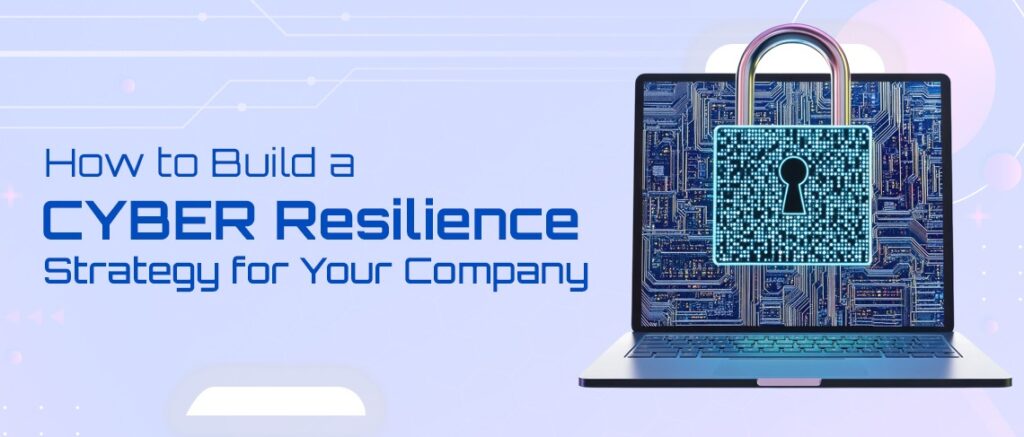Cyber assaults are no longer an extraordinary occurrence but an ordinary risk, costing organizations millions in damages annually. For small commercial enterprise owners, virtual entrepreneurs, and IT professionals, one cyber breach can disrupt operations, erode client acceptance as true, and invite hefty compliance penalties. Yet, many businesses fail to fully recognize or cope with their vulnerabilities.
Enter cybersecurity checks—a vital tool in figuring out gaps, enforcing safeguards, and staying in advance of cyber threats. But what precisely are those assessments, and the way can they remodel your cybersecurity approach? This weblog unpacks the whole thing you need to understand approximately cybersecurity exams, including their significance, benefits, and the satisfactory practices for undertaking them.
What is a Cybersecurity Assessment?
A cybersecurity assessment is a scientific evaluation of an enterprise’s IT infrastructure to identify vulnerabilities, weaknesses, and dangers. Its intention is to apprehend how steady your structures are and expand actionable techniques to bolster them.
Types of Cybersecurity Assessments
There are numerous styles of cybersecurity assessments relying on your enterprise needs:
• Vulnerability Assessment: Scans your network for regarded susceptible points that cyber attackers may also take advantage of.
• Penetration Testing (Pen Testing): Simulates real-world attacks to test the defenses of your systems.
• Risk Assessment: Focuses on the probability and capability effect of particular cyber threats.
• Compliance Assessment: Ensures your enterprise meets enterprise standards like GDPR, HIPAA, or PCI DSS.
• Network Security Assessment: Assesses the security of your community’s infrastructure, inclusive of servers, routers, and gadgets.
Each of those serves a specific purpose, with the final goal of imparting a clear view of where your strengths and weaknesses lie.
Why Every Business Needs Cybersecurity Assessments
The rapid digitalization of business has escalated cybersecurity risks. Cybersecurity exams aren’t just for huge organizations—they’re essential for small businesses and virtual marketers, too. Why? Small groups are regularly visible as easier objectives due to weaker defenses.
Key facts underscore the urgency:
• 60% of small organizations close within six months of an information breach.
• Nearly forty percent of cyber-attacks target small corporations.
A proactive cybersecurity assessment will let you apprehend your modern hazard profile and ensure your facts, budget, and operations are highly blanketed.
The Benefits of Regular Cybersecurity Assessments
1. Strengthening Defense Against Cyber Threats
The cybersecurity landscape is dynamic. New threats emerge day by day, from ransomware attacks to phishing scams and brute-pressure attacks. Regular assessments arm your commercial enterprise with up-to-date techniques to defend against evolving threats.
2. Identifying Vulnerabilities Before Hackers Do
Cybersecurity tests offer a “self-diagnostic” for your structures. Rather than coming across vulnerabilities after a costly breach, you can restore them proactively. This method now not handiest saves money but also protects your employer’s reputation.
3. Ensuring Compliance with Regulations
Regulatory bodies including GDPR and HIPAA put in force strict policies around information protection. Non-compliance can lead to fines and sanctions. Regular cybersecurity assessments help ensure your enterprise meets the essential compliance standards, reducing the chance of legal and financial penalties.
4. Protecting Customer Trust and Brand Reputation
Breaches can cause irreparable harm to your emblem’s credibility. Remember, 70% of purchasers might prevent doing business with an employer after a facts breach. Conducting ordinary checks suggests to customers that you’re critical approximately safeguarding their information, which builds consideration and loyalty.
How to Conduct a Cybersecurity Assessment
Conducting a cybersecurity assessment requires a based approach. Here’s a step-by-step manual:
Step 1. Define Your Objectives
Start by way of expertise in what your goal is to attain. Are you trying to reinforce your defenses, meet compliance requirements, or gain complete expertise in your cybersecurity posture?
Step 2. Audit All Assets
Take inventory of your IT sources, which include servers, databases, gadgets, and third-party party equipment. Know what you are shielding.
Step three. Identify Vulnerabilities and Risks
Use tools like vulnerability scanners (e.G., Nessus, Qualys) or lease cybersecurity specialists to discover capability vulnerable points.
Step four. Run Penetration Testing
Simulate actual global attack situations to check your defenses and highlight the regions a hacker could exploit.
Step 5. Analyze Assessment Reports
Assessments provide special reports on where your systems fall short. Translate one’s insights into movement—whether or not it’s making use of patches, upgrading software programs, or training your team.
The Future of Cybersecurity Assessments
The destiny of cybersecurity checks is tied to the broader evolution of cyber threats. Here’s what lies ahead:
• AI and Automation:
Cybersecurity tools powered with the aid of artificial intelligence will make tests faster and extra specific, detecting threats that humans might pass over.
• Zero Trust Frameworks:
More organizations are adopting 0-accept as true with frameworks, requiring continuous verification of customers and gadgets.
Securing Your Digital Future Starts Today
Cyber threats may be inevitable, however, the harm they reason isn’t. Cyber security assessment services UAE are your first line of defense in figuring out vulnerabilities, strengthening your systems, and safeguarding your business enterprise’s future.
Small enterprise proprietors, digital marketers, and IT specialists alike should combine ordinary assessments as a non-negotiable part of their operations. Don’t watch for a highly-priced breach to do so. Begin with a vulnerability assessment nowadays and build a sturdy cybersecurity approach shifting ahead.



